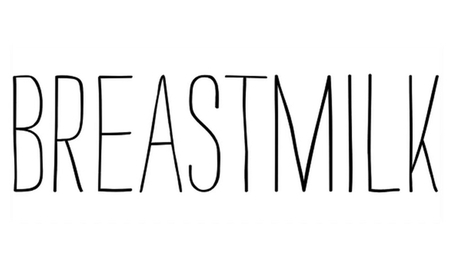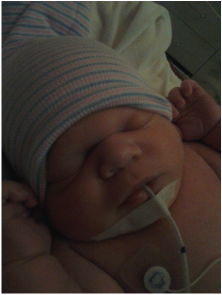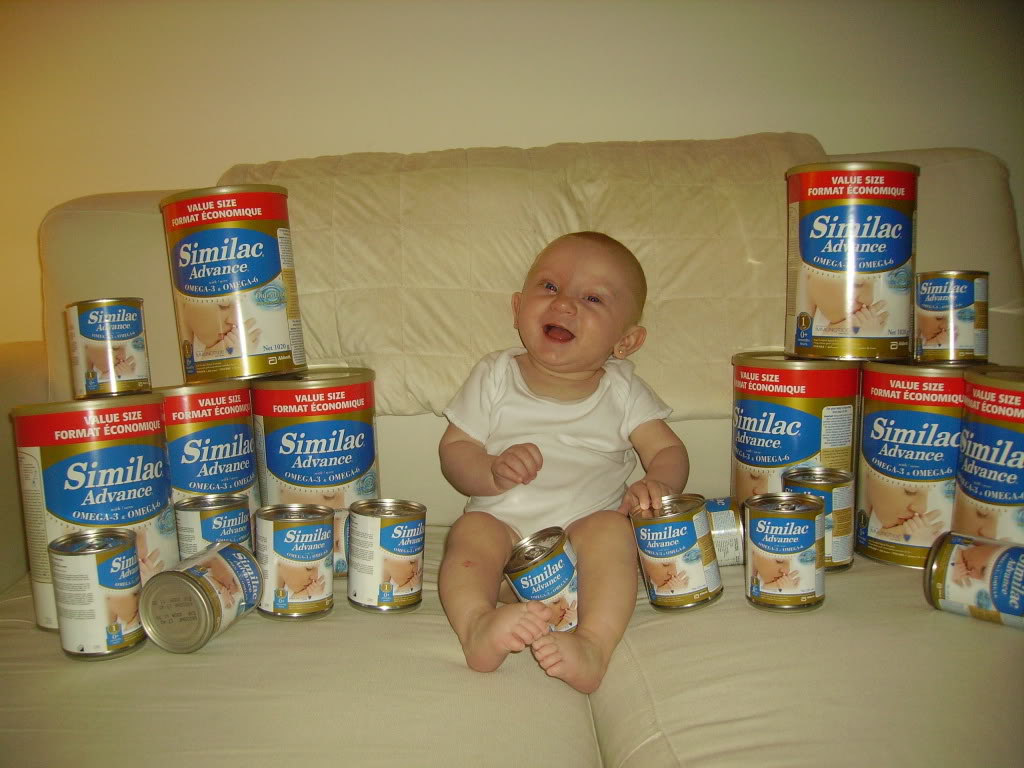 With both my husband and I working on our family farm, and having six homeschooled children, there is nearly always somebody around the homestead. However, finding myself with only a sleeping baby in the house over the weekend, I took the opportunity to watch the documentary, Breastmilk, the latest from executive producers Ricki Lake and Abby Epstein (who previously directed and produced The Business of Being Born; and More Business of Being Born). While there were certainly troublesome segments (such as the “feminist” who graphically exalted “lactation porn”...and the random images of spouting breasts) which require that I post a Do Not Watch In Mixed Company or In the Presence of Children warning, the overall message—that successfully breastfeeding a baby in the United States is practically a miracle—came through loud and clear. By following a handful of mothers from late in pregnancy through their baby’s first year of life, Breastmilk reveals how terribly difficult it is for American mothers to make milk. In watching the documentary, I found myself relating to the one mother in the documentary who successfully nursed her baby as she described the odd experience of lending a sympathetic ear to all of her friends who could not breastfeed, but feeling there was no place to share her own prosaic story of breastfeeding success. Breastmilk left me with feelings akin to survivor’s guilt. While my own social circles contain a far higher percentage of successful breastfeeding mothers than were included in the documentary, I have experienced a less extreme version of the same story, as it seems that breastfeeding problems are the rule, not the exception.
Similarly, many mothers find nursing in public (a necessity unless you never leave your house) incredibly uncomfortable and embarrassing. Carrying a bottle of pumped milk magically eliminates this embarrassment. No one looks twice when a mother feeds her baby with a bottle. However, as I can attest from an outing just yesterday, feeding a baby from the breast—even with a nursing cover—merits triple takes! It is simply ridiculous that an act that defines our species, that our very species has relied upon for survival, is seen as something immodest, scandalous, and by some, even disgusting. ...Should have worn my How have I been able to feed six children without a bottle in the house? And more directly: Am I a hippie who also smokes joints and flips peace signs at the least provocation? Sorry; no joints and no peace signs—not even during the “passing of the peace” at church—but I probably still qualify as a hippie. I home birth; home school; and have a home business—teaching natural birth classes among other things. On more than one occasion, I have actually been barefoot and pregnant. But my “style” of breastfeeding wasn’t the result of following the example of my peace-loving foremothers; it was the result of following the example of one woman: Sheila Kippley. While the two Business of Being Born documentaries provided alternatives to medicalized childbirth—namely, natural childbirth; out of hospital births; midwives; and doulas--Breastmilk has no practical help to suggest. A new mother could easily conclude after watching the film that if she doesn’t have a close female friend or partner willing to share in the nursing in order to keep her baby alive, she is destined for breastfeeding failure.
In natural childbirth classes, the “Cascade of Interventions” is a common topic of discussion. I have not noticed the same concept discussed often enough in reference to breastfeeding, although interventions in the childbearing process, both before, during and immediately after birth and throughout the early postpartum weeks definitely affect the ability of the mother to initiate breastfeeding and keep breastfeeding. (View a chart here that I share in my natural birth classes.) Furthermore, there are interventions in the breastfeeding process itself that directly impact breastfeeding success. Just as the natural childbirth movement has been successful in explaining those interventions in the normal birthing process that can result in poor outcomes for the birth, there needs to be a Natural Breastfeeding movement that informs and educates mothers and families about the interventions in breastfeeding that result in poor outcomes for breastfeeding, and more importantly poorer outcomes for babies. Though the makers of Breastmilk failed to present an alternative to what could be termed “technological” breastfeeding, the reality is that the “natural breastfeeding” model already exists and was described in seven steps over forty years ago: ecological breastfeeding. When Sheila Kippley described what some of its followers call “eco breastfeeding” she must have been considered very radical indeed. In 1971, breastfeeding initiation rates (mothers who nursed at least once before being discharged from the hospital) hit an all-time low of 24%. (1) While breastfeeding initiation rates are much higher today (with 79% of mothers initiating breastfeeding in the United States in 2011) (2), they are still below the Healthy People 2020 goal of 81.9% in all but 17 states. (3)
In the coming weeks, I will explain in detail the seven components ("Standards") of Sheila Kippley’s Ecological Breastfeeding Program, and then conclude with a series of blog posts written for people in positions key to breastfeeding success or failure, providing specific suggestions for things we can do to support breastfeeding mothers and families. I invite all those of goodwill to join with me in promoting Natural Breastfeeding, for the health and well-being of mothers and babies everywhere. Note to Lake and Epstein: time to start filming More Breastmilk. Three Things You Can Do to Support Natural Breastfeeding NowSign up to receive future blog posts from St. Croix Birth & Parenting by submitting your email address in the box on the right-hand column of this webpage. Support mothers and babies by liking the Natural Breastfeeding page on Facebook. Feed a Mother and Baby: bring a meal to a breastfeeding mother near you. Include a thank you card. References:
(1) "Low Breastfeeding Rates and Public Health in the United States," American Journal of Public Health, 2003 December; 93(12)2000 (2) "Breastfeeding Report Card United States 2014" Retrieved from: http://www.cdc.gov/breastfeeding/pdf/2014breastfeedingreportcard.pdf (3) "Breastfeeding Benefits & Barriers: Breastfeeding Statistics in the United States" Retrieved from: http://www.breastfeedingbasics.org/cgi-bin/deliver.cgi/content/Introduction/sta_us.html (4) "AAP Reaffirms Breastfeeding Guidelines" Retrieved from: http://www.aap.org/en-us/about-the-aap/aap-press-room/Pages/AAP-Reaffirms-Breastfeeding-Guidelines.aspx (5) "The World Health Organization's infant feeding recommendation," Retrieved from: http://www.who.int/nutrition/topics/infantfeeding_recommendation/en/
1 Comment
|
Details
Archives
November 2023
Categories
All
Enter Your Email Address to get St. Croix Birth Blog Posts in Your Inbox(We don't collect your email address and you won't get anything else from us.)
|





 RSS Feed
RSS Feed